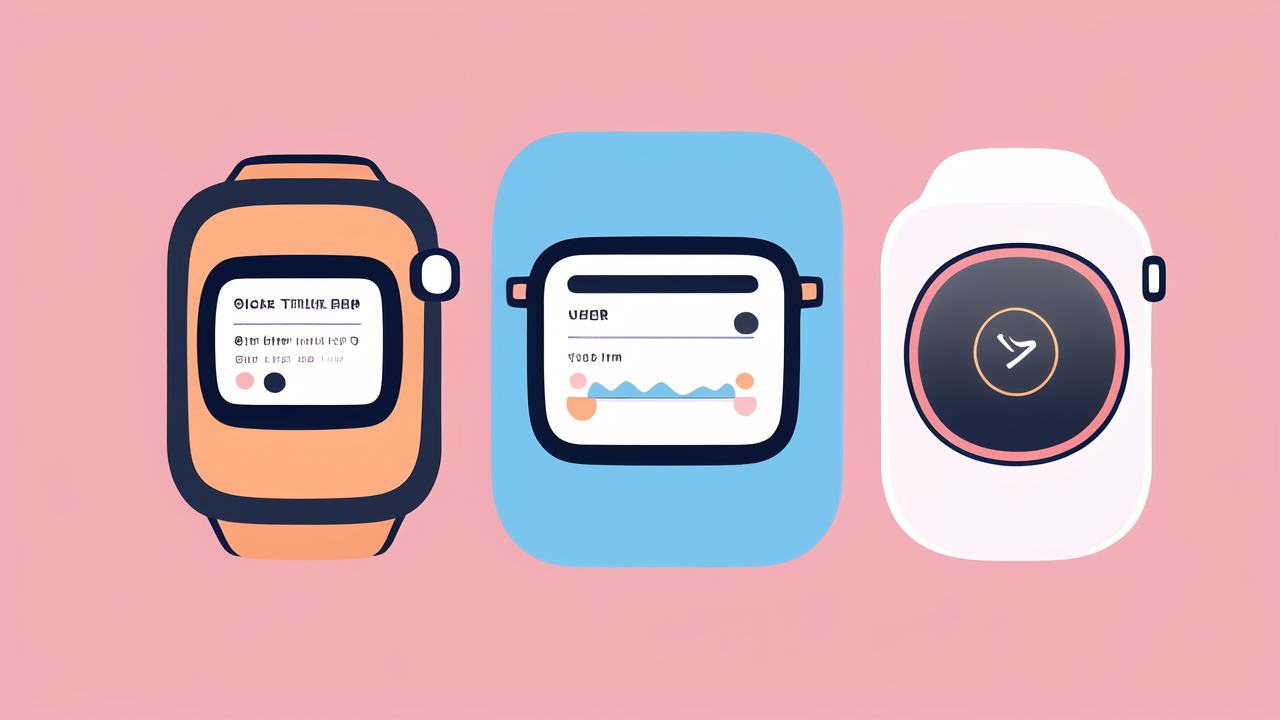The Role of Body Measurement Wearables in Fitness and Health
Understanding the Basics of Body Measurement Wearables
Body measurement wearables are smart devices that track various physical metrics. These gadgets can measure things like heart rate, steps taken, and calories burned. They come in many forms, such as watches, bands, or smart clothing.

These devices use sensors to collect data about your body and activities. They then send this info to an app on your phone or computer. This lets you see your progress and make informed choices about your health.
Some advanced wearables can even measure body fat percentage and muscle mass. This gives a more complete picture of your overall fitness. With these tools, you can track changes in your body over time.
The Importance of Accurate Body Measurements for Fitness Programs
Accurate body measurements are crucial for effective fitness programs. They help you set realistic goals and track your progress. Without precise data, it's hard to know if your efforts are paying off.
Body measurement wearables provide consistent, objective data. This is more reliable than manual measurements or guesswork. You can use this info to adjust your workout plan and diet as needed.
These devices also help motivate you by showing your improvements over time. Seeing positive changes can encourage you to stick with your fitness routine. This leads to better long-term results and healthier habits.
How Wearables Enhance Daily Health Monitoring
Wearables make it easy to monitor your health throughout the day. They can track your activity levels, sleep patterns, and even stress levels. This constant monitoring helps you make better health choices.
For example, a wearable might remind you to move if you've been sitting too long. It can also alert you if your heart rate is too high during exercise. This real-time feedback helps prevent overexertion and injury.
Some wearables can even detect early signs of health issues. They might notice changes in your heart rhythm or sleep patterns. This can prompt you to seek medical advice before a problem becomes serious.
Selecting the Right Body Measurement Wearable
Features to Look for in Fitness Wearables
When choosing a body measurement wearable, consider these key features:

- Accuracy: Look for devices with proven precision in measuring body metrics.
- Battery life: A longer battery life means less frequent charging.
- Water resistance: This is important if you swim or sweat a lot.
- Compatibility: Ensure it works with your smartphone and other devices.
- User-friendly interface: The device and app should be easy to use.
- Data sync: Check how easily it syncs data with your preferred fitness apps.
- Comfort: The wearable should be comfortable for all-day use.
- Additional sensors: Some devices offer extra features like GPS or blood oxygen monitoring.
Choose a wearable that fits your specific fitness goals and lifestyle needs.
Comparing Top Body Measurement Wearables in the Market
There are many body measurement wearables available today. Here's a brief comparison of some popular options:
- Fitbit Sense: Offers comprehensive health tracking, including stress management.
- Apple Watch Series 6: Known for its accurate heart rate monitoring and ECG feature.
- Garmin Fenix 6: Great for outdoor enthusiasts with its rugged design and GPS.
- Whoop Strap 3.0: Focuses on recovery and strain metrics for serious athletes.
- Oura Ring: Specializes in sleep tracking and overall wellness monitoring.
Each device has its strengths. Consider your priorities when choosing. Some excel at fitness tracking, while others focus more on overall health monitoring.
The Impact of Wearable Technology on Fitness Outcomes
Wearable technology has significantly improved fitness outcomes for many users. These devices provide constant motivation and accountability. They remind you of your goals and track your progress.
Studies show that people who use fitness wearables tend to be more active. They often increase their daily step count and exercise more regularly. This leads to better overall fitness and health.
Wearables also help users make more informed decisions about their health. By providing data on sleep, nutrition, and activity, they empower users to make positive changes. This can lead to long-term improvements in fitness and well-being.
Best Practices for Using Body Measurement Wearables
Setting Up and Calibrating Your Wearable for Accuracy
Proper setup is crucial for getting accurate data from your wearable. Here are some tips:

- Follow the manufacturer's instructions carefully during initial setup.
- Enter your personal details accurately, including age, height, and weight.
- Update the device's software regularly to ensure optimal performance.
- Calibrate any GPS features before outdoor activities.
- Wear the device as instructed for best results.
- For clothing wearables, make sure they fit snugly but comfortably.
Take time to familiarize yourself with all features. This will help you get the most out of your device.
Integrating Wearables into Your Existing Fitness Regime
To make the most of your wearable, integrate it into your current fitness routine:
- Set realistic goals based on your current fitness level.
- Use the device to track your workouts and monitor progress.
- Pay attention to recovery metrics to avoid overtraining.
- Use the data to adjust your workout intensity and duration.
- Sync your wearable with other fitness apps you use.
- Join online communities or challenges to stay motivated.
Remember, the wearable is a tool to enhance your fitness journey, not replace it entirely.
Analyzing and Interpreting Body Measurement Data to Inform Fitness Decisions
Understanding your data is key to making informed fitness decisions:
- Look for trends in your data over time, not just daily fluctuations.
- Use heart rate data to ensure you're working out at the right intensity.
- Pay attention to sleep quality metrics to improve recovery.
- Monitor your resting heart rate as an indicator of overall fitness.
- Use body composition data to track changes in muscle mass and body fat.
- Consider how different activities affect your metrics.
Don't obsess over every number. Instead, use the data to guide your overall fitness strategy. If you're unsure how to interpret your data, consult a fitness professional or your healthcare provider.




Leave a comment
This site is protected by hCaptcha and the hCaptcha Privacy Policy and Terms of Service apply.